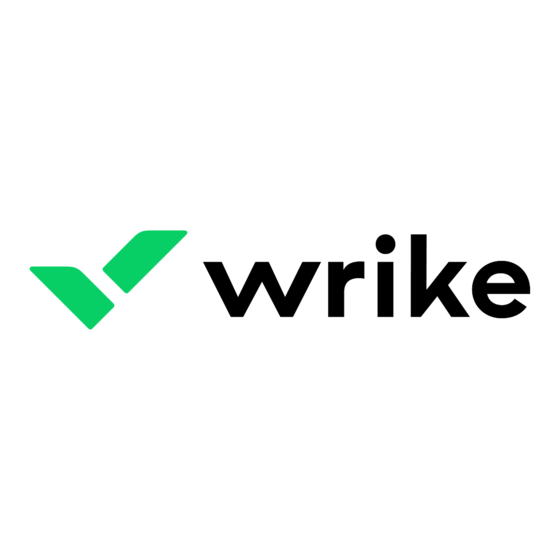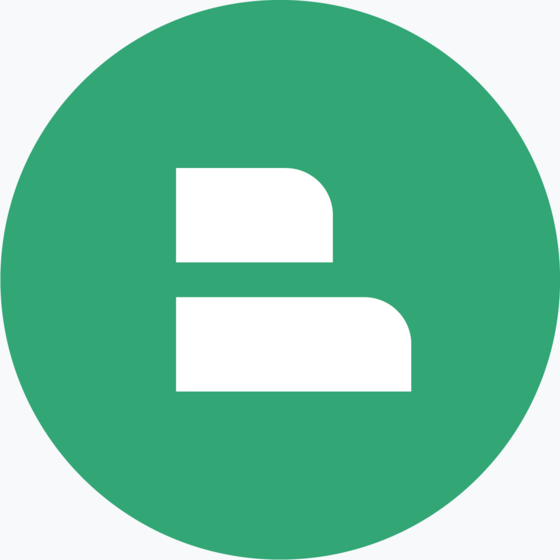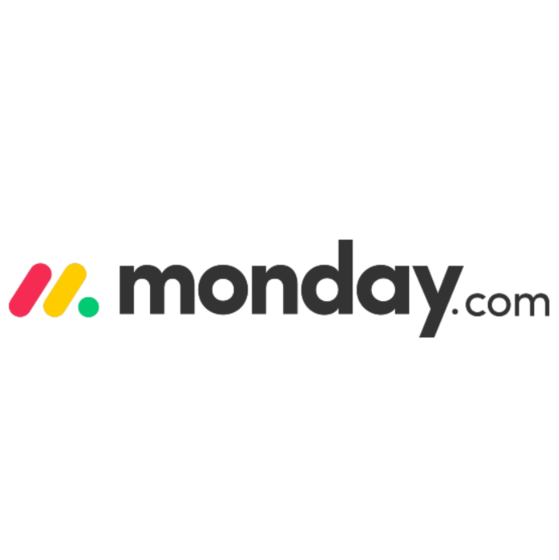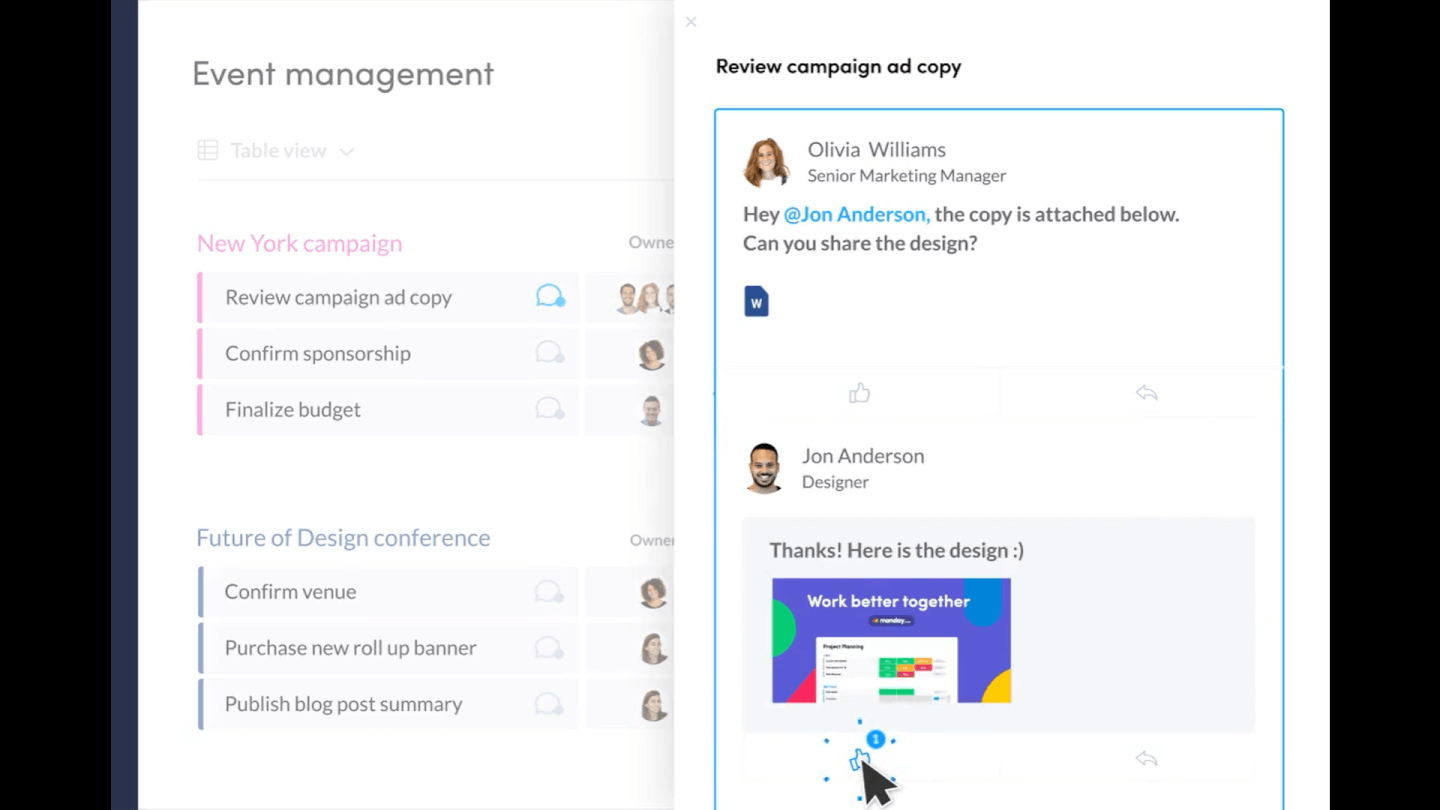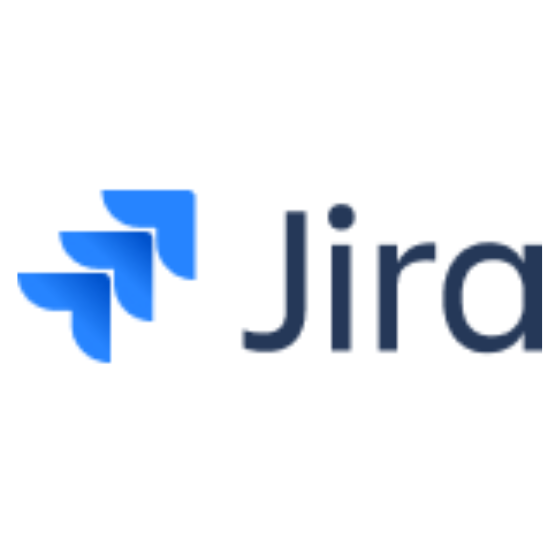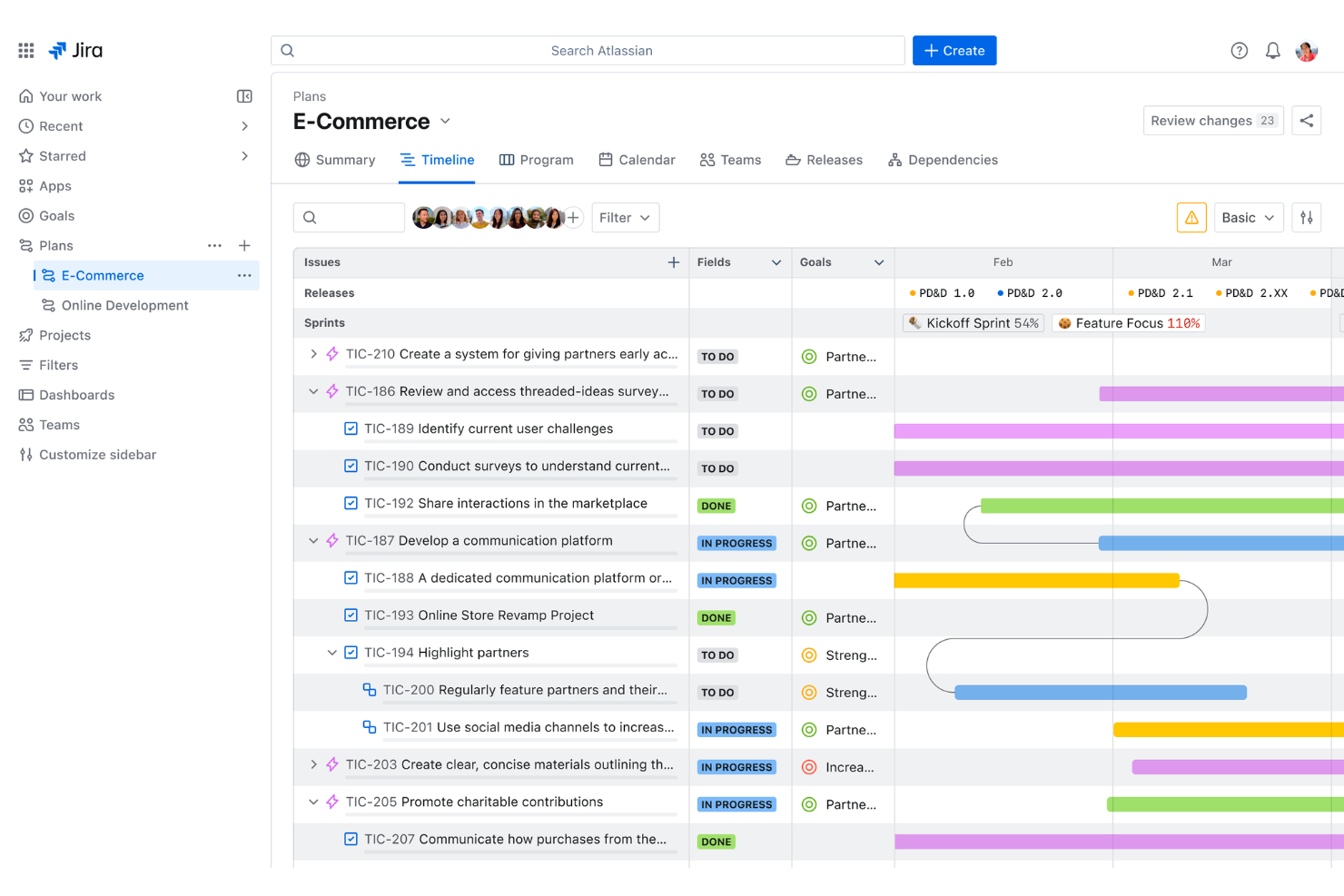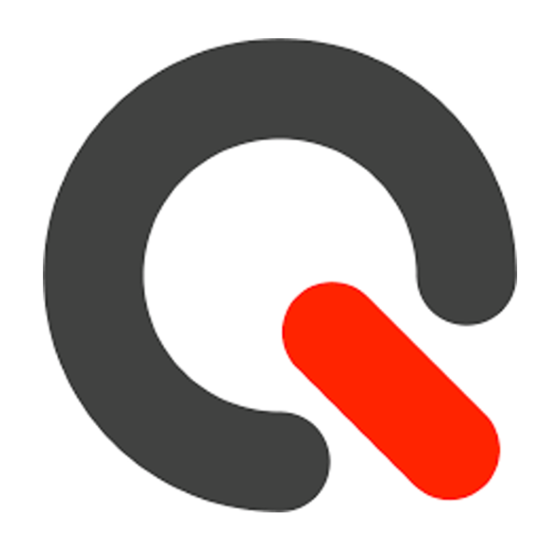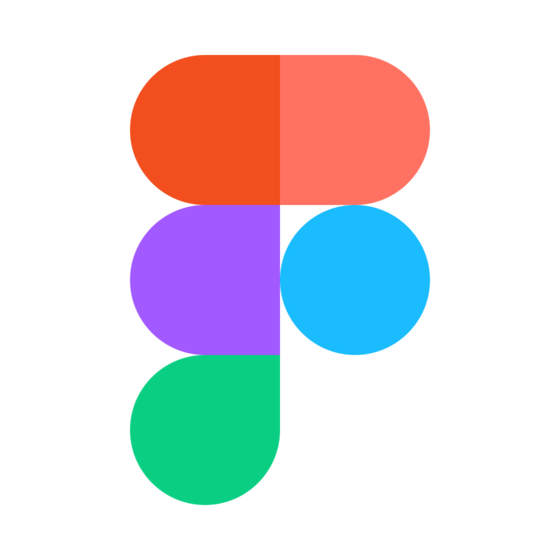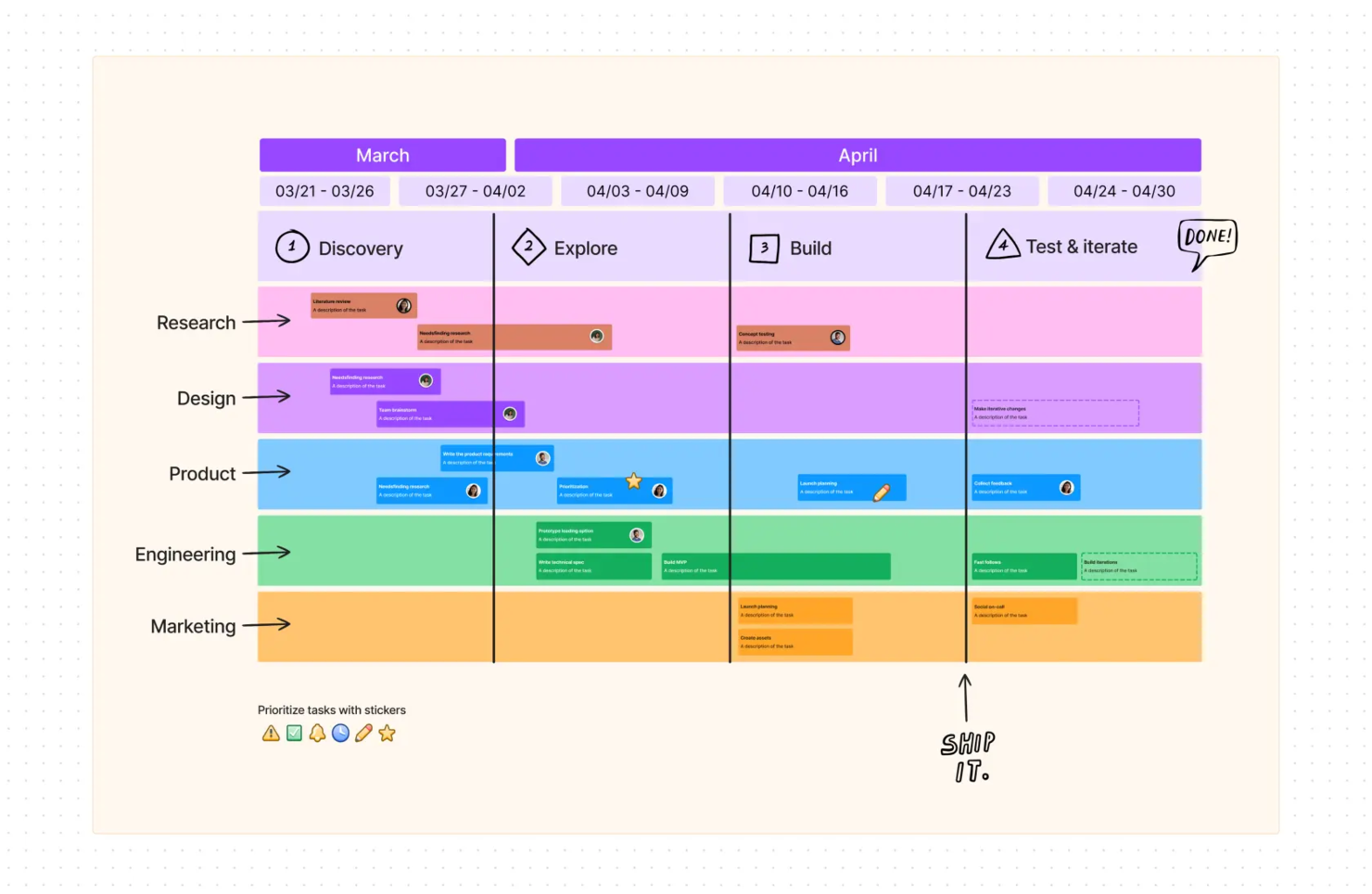10 Best Free Workflow Software Shortlist
Here's my pick of the 10 best software from the 20 tools reviewed.
Get free help from our project management software advisors to find your match.
There are countless workflow tools that offer free trials and free versions of their software. However, figuring out which is right for you is tough. You know you want to automate repetitive tasks and improve efficiency but need to figure out which tool will allow you to do it for free. I've got you! In this post I'll help make your choice easy, sharing my personal experiences using dozens of different tools with startups and small teams, with my picks of the best free workflow software.
What is Free Workflow Software?
Free workflow software is software that helps teams manage their workflows without having to pay a license fee. It is typically available in the cloud, so it can be accessed from anywhere with an internet connection.
This software typically offers a variety of features, such as task management, Kanban boards, GANTT charts, collaboration tools, and reporting and analytics. This type of software can be used by teams of all sizes to improve efficiency, visibility, and collaboration.
When choosing a free workflow software solution, it is important to consider your team's specific needs, such as the number of users, the type of workflows you need to manage, the features you need, and the level of support you need.
Overviews Of The 10 Best Free Workflow Software
Here’s a brief description of each free workflow platform to showcase each tool’s best use case and noteworthy features.
monday.com is a no-code tool that helps you create spreadsheet-like tools for project management. It is highly customizable which makes it possible to create workflows for multiple different use cases.
Why I picked monday.com: Building task workflows is easy. You can start by creating a new project and adding tasks to it. Then, add columns for things like due dates, timelines, assignees, and priorities. And while it’s possible to start from scratch when creating workflows, you can also choose from one of the hundreds of existing templates and customize them to your needs.
Finally, it's easy to automate tasks, too! Just use the workflow automation builder to choose triggers and actions. An example of this is starting the approval process as soon as a task has been marked as done by alerting relevant people.
monday.com Standout Features & Integrations
Features include embedded documents, whiteboard collaboration, guest access, custom fields, unlimited boards, templates, and collaborative documents.
Integrations include Google Drive, Google Calendar, Slack, Jira, GitHub, Gmail, Trello, Typeform, Dropbox, and many more, accessible via Zapier.
Monday.com’s free plan lets you create unlimited boards and docs. You also get access to a mobile app for Android and iOS users. However, you can only collaborate in teams of up to two people. This means the free version is only really useful for freelancers and very small businesses.
Jira is a robust project management solution developed by Atlassian. It’s built based on agile frameworks and methodologies and is well-suited to the needs of business and software teams.
Why I picked Jira: I decided to include this platform on my list because of its suitability for business and software development projects. It offers Kanban and Scrum boards, sprint planning, and agile reporting tools, as well as code review and issue tracking features.
When it comes to workflow management, you can set up a customized version of whatever stages you need to go from ‘not yet started’ to ‘done’. The freemium plan boasts unlimited project boards and can work for teams of up to 10 people. Issues can be assigned to team members, due dates set, and custom fields outlined for a more custom experience.
Jira Standout Features & Integrations
Features include Scrum and Kanban boards, reporting dashboards, customizable workflows, drag-and-drop automation, bug tracking, DevOps visibility, dependency tracking, and capacity planning.
Integrations include thousands of apps available through the Atlassian marketplace, like Adobe, Confluence, Drobbox, Figma, Google Workspace, InVision, Microsoft, Miro, Slack, Trello, Zendesk, and Zoom.
A free plan is available for teams of up to 10 people, and includes unlimited project boards.
Miro is a free workflow software that suits small teams looking for a visual and interactive platform.
Why I picked Miro: I selected Miro for this list because it supports the import of existing charts from platforms like Visio and Lucid, enabling teams to expand and refine their projects within Miro's versatile environment. The platform's infinite canvas also provides an expansive area for mapping out detailed and intricate workflows. Miro additionally stands out for its capacity to facilitate a rich expression of ideas, incorporating diverse elements such as text, images, videos, and brand elements into workflows for clear legends and color coding.
Miro also facilitates real-time communcation through tools like voting, stickies, and comments. Moreover, Miro integrates with project management applications such as Notion and Asana, allowing for seamless incorporation of visual workflows into daily tasks. This setup promotes clarity and teamwork in hybrid work environments.
Miro Standout Features & Integrations
Features include over 1,000 templates including mind maps, Kanban boards, Gantt charts, product wireframes, research boards, and flowcharts, as well as quick diagram tools, and TalkTrack, which allows users to record process explanation videos that can be viewed asynchronously.
Integrations include Zoom, Figma, Asana, Microsoft Teams, Jira, Slack, Google Drive, Box, Airtable, Notion, Confluence, Monday.com, Azure, and Webex. Some integrations are limited to paid plans only.
Miro is free to use for unlimited members with up to 3 editable boards.
Pros and cons
Pros:
- Built-in communication features for streamlined collaboration
- Intuitive and easy setup
- Free forever plan available
Cons:
- Free version does not allow high-quality export to pdf
- Zooming can be jumpy on larger projects
- Visitor/guest accounts locked to paid plans only
Best for unlimited workflows within their free-forever plan
Pneumatic Workflow is a free workflow software that allows helps small teams create and manage workflows quickly and easily through its intuitive drag-and-drop interface and pre-built templates.
Why I picked Pneumatic Workflow: You can use it to create custom workflows tailored to your needs, and collaborate with your colleagues on projects in real-time from anywhere worldwide.
Its powerful analytics tools will give you valuable insights into your project performance by tracking task completion times. This data can identify bottlenecks in your workflow process so you can make adjustments accordingly, helping you complete your projects on time and within budget.
Pneumatic Workflow’s task management features include the ability to assign tasks with due dates, manage assignees, identify task dependencies, and flag priorities. You can view and organize tasks according to their status on their built-in task boards. Recurring tasks can also be created so that repetitive tasks are taken care of automatically without manually entering them each time. This feature helps keep teams on track without constant reminders or manual input.
Pneumatic Workflow also offers advanced automation capabilities that allow you to build complex workflows by connecting different actions with simple drag-and-drop functionality. You can create custom rules that trigger automated tasks based on certain conditions, such as when an individual completes a job, or a deadline is approaching. This feature helps maximize efficiency by automating mundane and repetitive tasks so employees can focus on more important matters.
Pneumatic Workflow Standout Features & Integrations
Features include workflow tools, templates, shareable kick-off forms, conditional logic, a WYSIWYG editor, file versioning, and comment threads to help team members quickly communicate with one another about changes or updates they have made on any given project.
Integrations are available through third-party connections using Zapier and Make. Additionally, you can build custom integrations using the Pneumatic API.
Qntrl
Best workflow orchestration software that scales with growing automation needs
Qntrl is a workflow orchestration software developed by the Zoho Corporation. It is a privacy-focused solution that enhances control, visibility, and automation of business processes.
The software provides individual users and teams with complete control and visibility over their operational processes. This workflow orchestration tool is tailored to give users access to customized work views, centralized request submissions, and real-time updates. The software has an automation functionality that enables staff members and team leaders to automate recurring or repetitive work within a specific process. Additionally, businesses can leverage the workflow software solution to process and assign requests without requiring any human/manual intervention and then generate documents automatically.
The software is well-suited for users responsible for managing and overseeing different processes for their company, department, or team. It helps users optimize and streamline their workflows by providing the tools that allow them to orchestrate complex processes and turn those into straightforward tasks that are then allocated to different team members. While the software is suitable for mid-market and large organizations, it services small businesses and startups through its robust free plan functionality. Small teams can upgrade to a premium plan as their automation needs scale.
FigJam is a collaborative whiteboard platform that can be used for project management, workflow mapping, roadmapping, and other work management purposes.
Why I picked FigJam: This is a unique workflow software because workflow mapping is just one among many use cases for this tool. The virtual whiteboard works much like a physical one, but with plenty of features and options to customize it to meet your needs. It's a visual and interactive interface that is so flexible it can be used to support all kinds of team needs. That said, it's also a user-friendly and intuitive platform that's accessible and easy to navigate.
You can select from various elements, like post-it notes, shapes, arrows, lines, comments, images, and video to build a flowchart in the whiteboard. Several pre-built templates are also available, making it easy to setup your workflows quickly and customize them to fit your business processes. Templates for brainstorms, team meetings, project management, and more are also available.
FigJam Standout Features & Integrations
Features include pre-built project management templates, audio and live chat, stamp and emoji reacts, external collaborator access, calendar and timeline widgets, bitmoji avatars, music player, and mobile app.
Integrations include Figma, Microsoft Teams, Asana, Jira, Mixpanel, and Github.
What's Free: A free plan is available with unlimited users and up to 3 FigJam files.
DocuWare is a cloud-based workflow and document management software that helps keep people across a business connected digitally. It helps companies standardize and streamlines processes and keep documentation organized, secure, up-to-date, and accessible to relevant parties.
Why I picked DocuWare: The workflow management tool helps users build various workflows using a drag-and-drop interface, and automate various actions throughout their processes. Workflows are customizable and users can assign tasks, specify substitution rules, and define triggers to set the flows in motion. Every employee involved in a workflow has a personal view of their tasks and role. The platform is responsive and mobile-friendly for access on any device.
Document management works together with the workflow automation tool to keep relevant documentation connected to core business processes. The platform hosts company documents in a secure cloud environment, keeping them easily accessible within the process management system.
DocuWare Standout Features & Integrations
Features include a drag-and-drop builder, task management, fully customizable workflows, mobile access, substitution rules so you can assign the next available person in a team, and automatic escalations.
Integrations include over 500 other platforms, including Microsoft Teams, Oracle, Outlook, SAP, SharePoint, and QuickBooks. Connect it with your HR tools, CRM, ERP, and other workplace tools.
Asana is task management software that makes creating workflow systems easy.
Why I picked Asana: The tool is based on tasks and projects. Just create a new space for your project and then add new tasks. You can break each one down into subtasks and assign them to people so everyone knows exactly what they need to do. You can also add deadlines and dependencies so that people know when to start their subtasks.
You and your teams can view work in either list or calendar views. This helps your people plan their schedules to fit in their scheduled work. The free plan doesn’t include the ability to create task templates, but you can duplicate tasks and then edit the details so you don’t have to start from scratch every time.
Asana Standout Features & Integrations
Features include an easy-to-use workflow builder, forms to help you gather requests, automations using rules and triggers, workflow reports so you know what is working, and the ability to convert workflows into templates.
Integrations include over 100 business applications like Salesforce, Slack, MS Office, and many Google tools.
The premium plan adds features including templates, timeline (Gantt) views, milestones, and unlimited dashboards.
Best for creating workflows and integrating them with other systems
Camunda Platform is a free and open-source workflow software developed to help small teams automate their business processes.
This platform enables users to easily manage, monitor, and optimize all their business operations. It offers powerful tools that enable teams to quickly create workflows and integrate them with other systems. Camunda Platform lets users build, deploy, and operate automated workflows without writing code or relying on third-party services. This makes it ideal for small businesses that need a simple yet powerful tool for managing their workflows.
The Camunda Platform provides tools that allow users to easily monitor and optimize the performance of their workflows. This includes features such as dashboards, analytics tools, alerts, and insights into how processes are running across the organization. These tools help teams identify areas of improvement to maximize efficiency and productivity. Camunda Platform integrates with popular third-party applications such as Salesforce, Slack, AWS Lambda, and Microsoft Azure Functions. This allows users to quickly build complex workflows and automate manual tasks within their existing software solutions.
The Camunda dashboard is simple to use and navigate. It comes with an extensive library of pre-built templates so users don't have to start from scratch every time. Its architecture is designed to scale up or down as needed. Teams can easily adjust the number of nodes in their cluster or add more processing power to ensure that their workflow runs smoothly even when demand spikes. This makes it ideal for businesses of all sizes, from startups to established enterprises.
Camunda takes data security seriously and offers multiple layers of protection so that data is always secure. All communication between the platform and external services is encrypted using SSL/TLS protocols, which helps protect against potential attacks or breaches.
Bitrix24 is a complete business technology solution that includes powerful workflow management features.
Why I picked Bitrix24: Tasks and projects provide everything you need to create complex workflows and assign them to your team. Then it’s just a case of keeping an eye on your projects to check they’re getting done.
Bitrix24 stands out due to the variety of views you get on the paid plan. You can view your workflows in lists, Kanban boards, or calendar views. Meanwhile, individual users can organize tasks in order of due date.
The free plan has some limitations. The biggest is that you can’t create task templates or recurring tasks. This means you have to create a new workflow for every task, which can be time-consuming. You can also only create five dependencies, which may not be enough for your needs.
Bitrix Standout Features & Integrations
Features include online documents, collaboration through chat and video calls, task management, time tracking, task automation, and HR and CRM capabilities.
Integrations include many popular tools like G Suite, MS Office, Xero, and more. You can also get extra functionality by using some of the other features offered by Bitrix24. For example, you can access a CRM, website builder, and collaboration environment.
The 10 Best Free Workflow Software Comparison Chart
Here is a convenient table with all the tools we just discussed, so you can compare them. If you want to expand your research, we have additional options below this table.
| Tools | Price | |
|---|---|---|
| monday.com | From $8/user/month (billed annually, min 3 seats) | Website |
| Jira | $10/user/month | Website |
| Miro | From $10/user/month | Website |
| Pneumatic Workflow | From $99/month (unlimited users) | Website |
| Qntrl | $8/user/month | Website |
| FigJam by Figma | From $3/user/month | Website |
| DocuWare | Pricing upon request | Website |
| Asana | From $10.99/user/month (billed annually), which is the Premium plan's cost. | Website |
| Camunda Platform | From $49/month | Website |
| Bitrix24 | From $49/month (5 users) | Website |
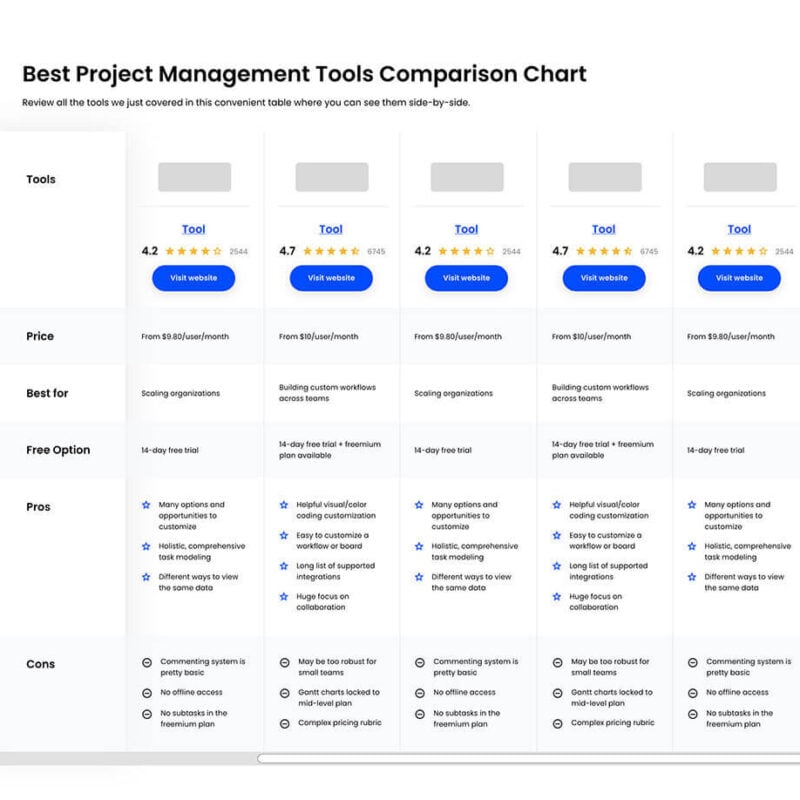
Compare Software Specs Side by Side
Use our comparison chart to review and evaluate software specs side-by-side.
Compare SoftwareOther Options
Here are a few more free workflow management solutions that didn’t make the top list, but worth considering if you want to expand your research.
- nutcache
Best for freelancers
- Next Matter
Best for handling complex, cross-functional workflows
- nTask Manager
Best for unlimited workspaces
- OpenProject
Best open-source tool
- PivotalTracker
Best for agile projects
- ProjectLibre
Best for unlimited Gantt charts
- Tom’s Planner
Best for simple Gantt charts
- Jotform
Best for creating clear data collection processes
- ClickUp
Best for collaboration
- Lucidchart
Best for real-time collaboration on workflow design
How I Picked The Best Free Workflow Software
I evaluated and compared the most popular project management tools on the market, both for their reviews and user interface. Then I weighed factors that make software a good option for project workflows to narrow down the list. Finally, I used my experience in project management to develop the following set of criteria to evaluate the finalists.
User Interface (UI)
The tool you choose needs to be easy enough for you and your team to use. A good user interface ensures this is the case.
Completely Free to Use
You can use all the tools on this list without paying a cent. You may not get access to the same features as premium users, but as long as you are happy with the features on offer you can use them for free forever.
Scalable
All the tools on this list let you upgrade your plan to add more users and functionality when the time comes. You and your team can keep using the features you are used to.
Integrations
Most of the tools integrate with the other web-based software your business uses. This helps you set up business process automation between tools, saving you time and keeping people on track. A common integration is linking the tool to a messaging app and setting up automated workflows to notify relevant people when a task or subtask has been completed.
Free Workflow Software FAQs
Find answers to common questions other people ask about this topic.
What is Workflow Software?
Workflow software is a platform or tool that enables users to coordinate the planning, configuring, and tracking of work to accomplish an objective or goal.
Workflows are usually far from simple. Where a process is typically very linear, with something moving from A to Z, workflows tend to be more dynamic. They’ll often involve a lot of back-and-forth, branching paths, and many different tools and teams.
What Does Workflow Software Do?
A lot of tools that offer a free version include these basic functions:
-
- List tasks and organize them (hierarchically, by temporal order, by project, by tag, etc)
-
- Map dependencies between tasks
-
- Set deadlines for tasks and monitor them over time
-
- Create diagrams that show the sequence of tasks
More advanced tools are focused on helping you automate the workflows you’ve set up. These use triggers and rules to automatically route tasks, files, and notifications to the right people.
What Key Features Should I Look For In A Free Workflow App?
Free workflow apps allow you to create workflows and assign them throughout your organization.
Here are some specific features to look out for:
-
- Tasks and Subtasks: It’s essential that you can break projects into tasks and subtasks when creating workflows. This allows you to plan out each step.
-
- Assignees: The best tools let you assign each task and subtask to members of your team. They should also give employees a clear overview of the tasks they need to complete. Most tools let you create deadlines so people know exactly when they need to finish.
-
- Variety of Views: Workflow tools should let you view your process in multiple ways. Most free tools include a mixture of lists, Kanban boards, Gantt charts, and calendar views.
-
- Templates: Being able to create workflow templates saves you time as you don’t have to create workflows for repetitive tasks from scratch. Not all free tools let you create templates, but they may offer the ability to duplicate tasks.
What is Workflow Management?
Workflow management is the process of creating, executing, and monitoring workflows. A workflow is a sequence of steps that must be completed in order to achieve a desired outcome. Workflow management can be used to manage any type of work, from simple tasks to complex projects.
The goals of workflow management include:
- Improving efficiency: By automating and streamlining workflows, workflow management can help teams to work more efficiently.
- Reducing errors: By providing clear instructions and visibility into the workflow, workflow management can help to reduce errors.
- Improving communication and collaboration: By providing a central place to track and manage workflows, workflow management can help to improve communication and collaboration between team members.
- Increasing customer satisfaction: By delivering products and services on time and to a high standard, workflow management can help to increase customer satisfaction.
Workflow management can be implemented using a variety of tools and techniques. Some common tools and techniques include:
- Workflow diagrams: Workflow diagrams are visual representations of workflows. They can be used to identify and analyze the steps in a workflow, and to identify potential bottlenecks and areas for improvement.
- Workflow management software: Workflow management software provides a variety of features to help teams manage their workflows, such as task management, Kanban boards, GANTT charts, and reporting and analytics.
Workflow management is an important tool for any team that wants to improve their efficiency, productivity, and quality.
How can workflow management improve my business process?
Workflow management can help you in four key areas:
- Individual productivity
- Team alignment
- Information transparency
- Ease of collaboration
Find more details in our guide on how to build a workflow management system.

What's Next?
Since you are testing tools, might as well carry on reading about workflows. We have an excellent guide to workflow diagrams for project managers. And if you are ready for the next step, you can read about workflow automation.
Finally, because we learn from our mistakes, you can learn how Wes discovered that workflow design needs more than just a knack for logic and diagrams.
Related tool lists:
- Workflow Automation Software
- Best Process Workflow Software
- Approval Workflow Software For Project Managers
Don't forget to sign up for our Insider Memebership Newsletter. You can receive information about collaboration tools, tips, and hacks that will help you win at work.

